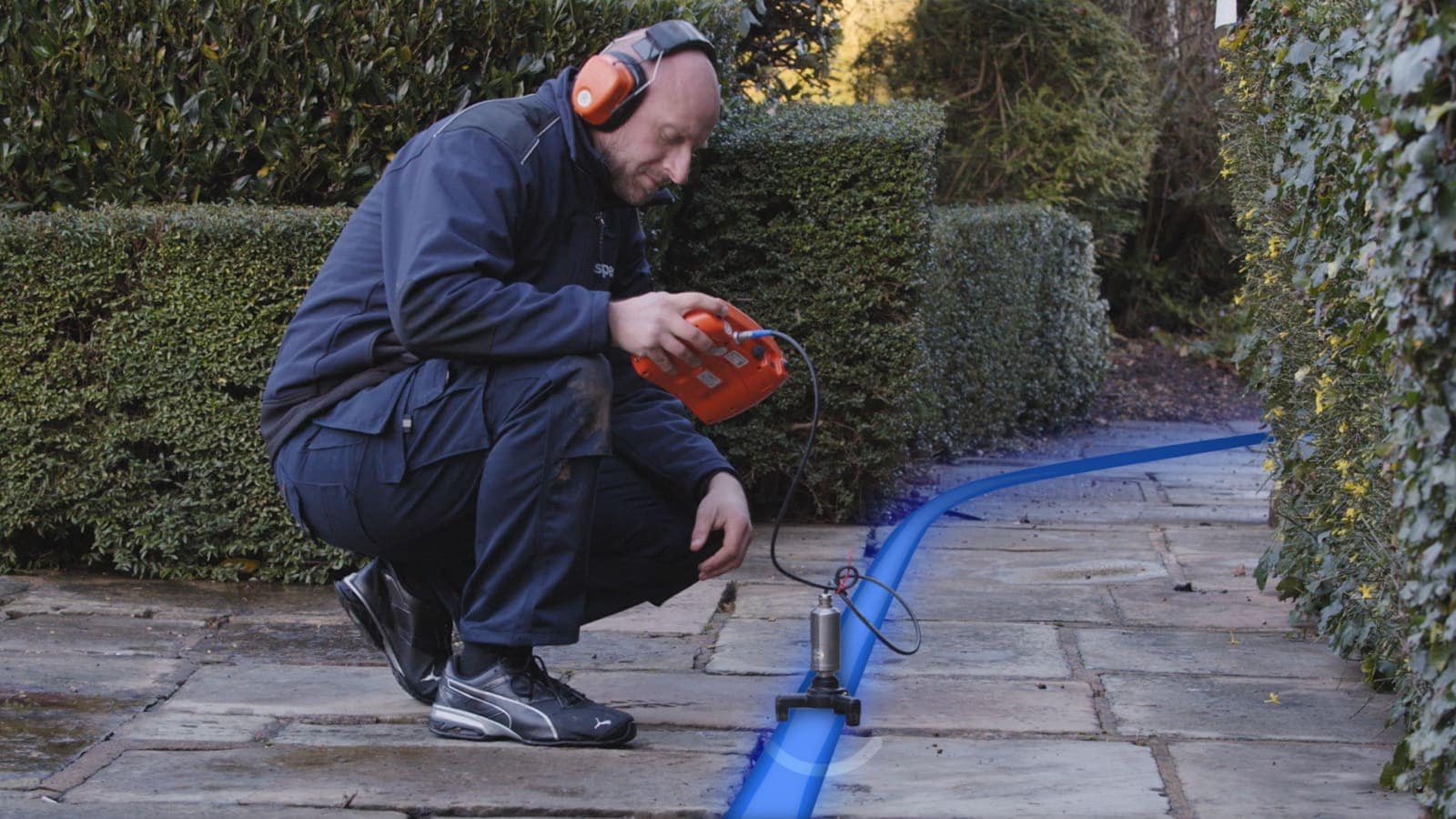Innovative Solutions for Very Early Discovery of Water Leaks in Structures and Framework
As the honesty of buildings and infrastructure is paramount, the difficulty of early detection of water leakages has stimulated ingenious solutions that assure to reinvent the way we guard versus potential problems. From sophisticated leakage detection technologies to the release of IoT sensors for real-time monitoring, the landscape of leakage avoidance is progressing rapidly. Artificial intelligence algorithms offer a peek into the future of leakage forecast, while thermal imaging presents a non-intrusive method for identifying hidden leakages. Automated water circulation evaluation systems are reshaping just how leakages are identified and dealt with, leading the method for a positive approach to water leakage discovery. Each of these remedies holds the essential to making certain the dependability and long life of our constructed setting, prompting a change towards a much more lasting and reliable future.
Advanced Leakage Detection Technologies
Advanced leak discovery modern technologies, equipped with advanced sensors and algorithms, play a critical role in swiftly identifying and pinpointing water leaks in different setups. These innovations employ a mix of acoustic, thermal, and electromagnetic picking up methods to detect leakages precisely. Acoustic sensors spot the sound of escaping water, allowing for exact localization of the leak source. Thermal imaging discovers temperature changes created by water leakage, giving an additional efficient method for leak recognition. Electro-magnetic sensors can recognize changes in electro-magnetic fields triggered by water, using yet an additional layer of leak discovery capability.

IoT Sensors for Real-Time Surveillance
In the realm of modern-day water leak discovery, the integration of IoT sensing units for real-time tracking represents a crucial improvement in enhancing proactive leakage discovery capabilities. These sensing units provide constant monitoring of water supply, supplying real-time information on water flow prices, pressure variants, and temperature level modifications. By leveraging IoT innovation, these sensors can spot even the smallest abnormalities in water use patterns, making it possible for very early identification of potential leaks prior to they rise right into major issues.
IoT sensors send data to a central system, where innovative algorithms analyze the info and generate signals or notices when abnormalities are detected. This real-time surveillance capacity enables homeowner or facility managers to promptly deal with leaks, decreasing water damages, minimizing repair work costs, and preserving water sources.
Additionally, IoT sensors can be incorporated with building management systems, enabling computerized actions to spotted leaks, such as turning off water shutoffs or activating pumps to mitigate the influence of leaks. On the whole, the execution of IoT sensors for real-time tracking considerably enhances the effectiveness and effectiveness of water leakage detection in structures and infrastructure.
Equipment Discovering Algorithms for Leak Forecast

One trick advantage of using machine knowing for leak forecast is its ability to continually find out and boost its accuracy over time. As even more information is accumulated and fed right into the algorithm, it can refine its predictions and adjust to transforming conditions, ultimately increasing the reliability of leakage discovery systems.
Additionally, artificial intelligence algorithms can help in identifying refined indicators of leaks that Source may go undetected by conventional monitoring approaches. water leak detection. By examining complicated information sets in real-time, these formulas can Clicking Here supply very early warnings and notifies, permitting for prompt treatment and precautionary maintenance to alleviate potential water damages and associated prices
Utilizing Thermal Imaging for Leakage Discovery
Thermal imaging technology offers a promising method for finding water leakages in numerous systems and frameworks. By making use of infrared radiation and temperature level differences, thermal imaging electronic cameras can recognize surprise leakages that are not conveniently noticeable to the nude eye.
One of the essential advantages of thermal imaging for leakage discovery is its non-intrusive nature. In general, the use of thermal imaging technology boosts the performance and precision of water leakage discovery, making it an important tool for maintaining the integrity of structures and facilities.
Automated Water Flow Analysis Systems
Just how can computerized water flow evaluation systems reinvent the discovery and administration of leaks in various systems and frameworks? Automated water flow analysis systems supply an aggressive method to leak discovery by constantly checking water circulation prices and patterns. By establishing standard data, these systems can quickly recognize discrepancies that might suggest a leak, allowing timely intervention to avoid comprehensive damage.
These systems utilize innovative algorithms to examine real-time information and supply prompt notifies when anomalies are discovered, permitting swift action to be taken. Furthermore, computerized water circulation analysis systems can be integrated with building monitoring systems or IoT systems, enhancing total performance and enabling remote tracking abilities.
Furthermore, the data collected by these systems can be made use of for anticipating upkeep objectives, assisting to determine potential weak points in the infrastructure before leakages take place. On the whole, the execution of computerized water circulation evaluation systems can significantly improve leak detection and management methods, eventually causing set you back look at here financial savings, reduced water wastage, and enhanced sustainability in structures and framework.

Final Thought
Finally, the integration of innovative leakage discovery modern technologies, IoT sensors, artificial intelligence algorithms, thermal imaging, and computerized water flow analysis systems offers cutting-edge services for early discovery of water leaks in buildings and infrastructure. These modern technologies allow real-time surveillance, prediction of leakages, and effective detection approaches to stop water damages and waste. Implementing these options can assist in maintaining the honesty and sustainability of water systems in various settings.